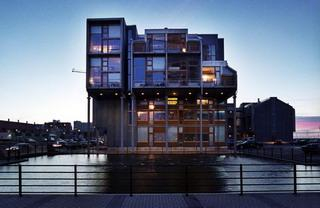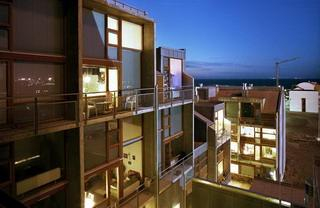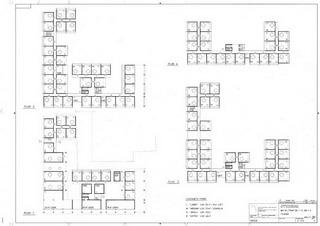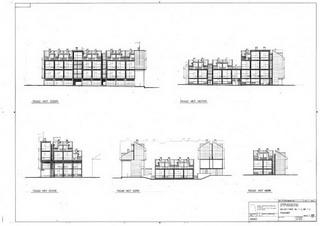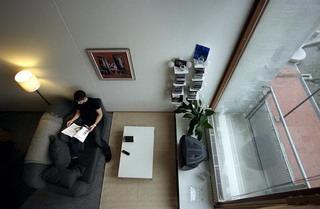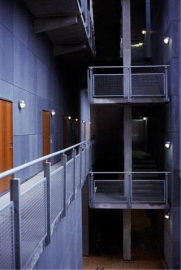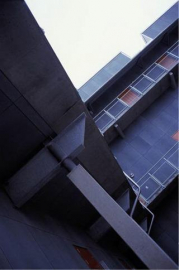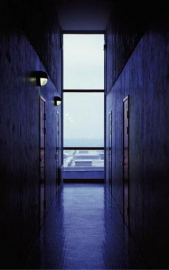studeum (students apartments)
During the nineties, the city of Malmö developed from a heavy industrial town to an educational town. This process created a huge shortage of small apartments situated in the center of the city area and close to schools and communications. In 1998 became Malmö the host for the International housing Expo Bo01, located at industrial wasteland in the harbourarea in the heart of Malmö. Wikeborg & Sander was invited to perform one of the building projects at the expo. For us, the choise was natural and obvious: Our contribute to the expo and the city of Malmö would be a building containing student apartments.
The challenge was to create high quality architecture within reasonable costs for the students.Our way of working is to participate actively in the entire process, from the first sketch to when people moving in. We soon decided that we wanted to use prefabricated elements in a modulized system. Students are a fairly homogenous group with similar needs, which is as we claim a precondition if you want to use prefabricated units in modules. The basic module consists of a concrete cube measuring 5x5x5 meters. Five sides are solid and the sixth s glazed. The compact kitchen and the bathroom was built with light walls behind the heavy concrete walls. The room has double height and an intermediate mezzanine floor. Each apartment from the second floor upwards has a small balcony to create a greater sence of space. The windows are produced with frames in oiled larch and the facade is covered with fibrecement boards. All steel structures are produced in galvanized steel.
"Compact living is about creating a lot of living space in a few square meters. The idea of having 24 sq.m.downstairs and 12 upstairs means that you get a compressed layout but it has a lot of room and also feels spacious." The apartments (total 103) varies from bachelors of 24 sq.m. to compact three-room apartments of 48 sq.m. The cubes are decorated in durable and easy-care materials, and the walls, which have silicate paint directly on the concrete, are easy to repaint. The building will have features that result in low maintenance costs. But the services do experience wear and tear, and other technology changes. Therefore we located the services (heating, ventilation, sanitation, electricity,IT and other technology) in a easily accesseable shaft. To avoid that the prefabrication should give a static result, the cubes were arranged in a playful structure almost labyrinthical organised to give the building a feeling of a small village of its on. Due to the complex structure the access to the building is managed by two main staircases and one elevator. From this vertical communications the apartments accesses horisontally by allies, corridors and open air corridors.

